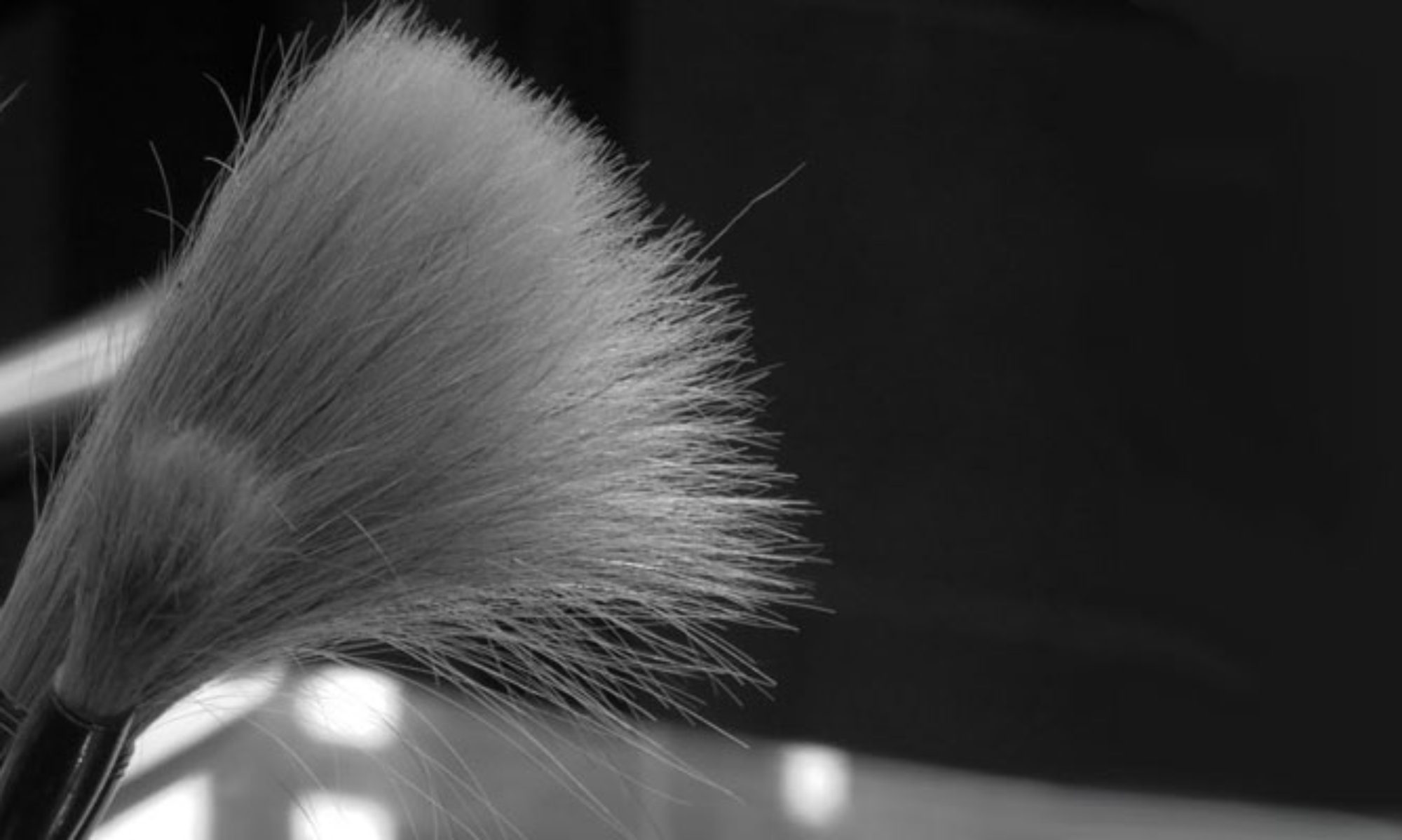Vorticella is a colonial, stalked, single-celled ciliate.
Vorticella comes from the Greek roots: vor and cell.
vor– means: eat, consume
cell means: to rise or to project.
So, vorticella means a critter that projects itself outward to eat.
For some reason, scientists have decided that they could make everything sound much more exotic and inaccessible by using Greek and Latin words to name everything.
These cilates are attached to the leg of an insect larvae. They were found in water samples taken from the shoreline of an artificial, permanent pond (Frances Short Pond) in Flagstaff, AZ, on October 2, 2010.
(In addition to my modest video, some other higher quality videos of Vorticella will appear after mine plays. These videos are worth viewing as you consider the questions below.)
Some questions to ponder:
- How do the functional patterns of tubes (the flexible little stalks) and spheres work together to help these organisms survive?
- Why do you think these organisms extend slowly, then rapidly recoil?
- Do they all stay extended for the same amount of time?
- Can you think of anything else that acts like these creatures? Do we ever respond or act like this?
- Can you think represent the actions of Vorticella with music, dance, or drama (or can you think of any music, dance, or drama that represents Vorticella)?
If you come up with answers to these questions please join this site (send me a request to join) and add your answers below. And, if you can make an audio or video recording of your music, dance, or dramatic representation, we can put that up on this site, as well.
